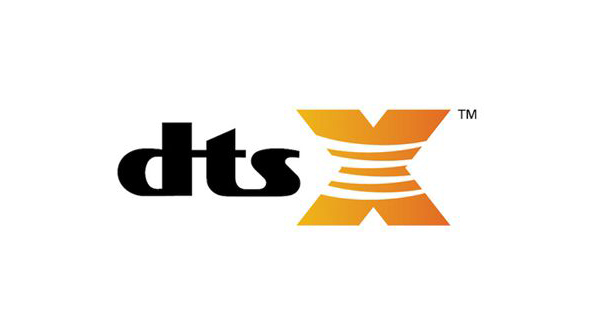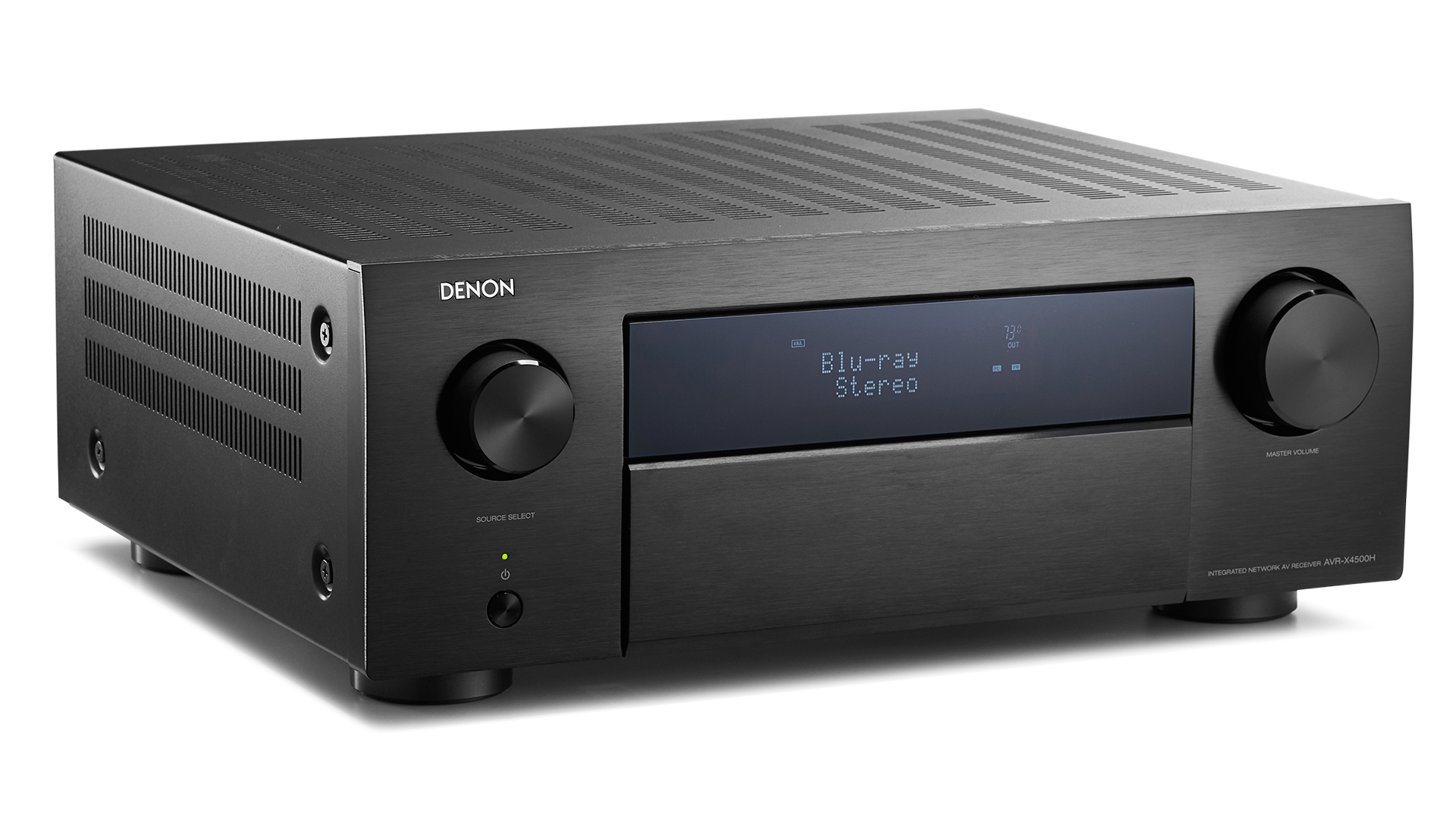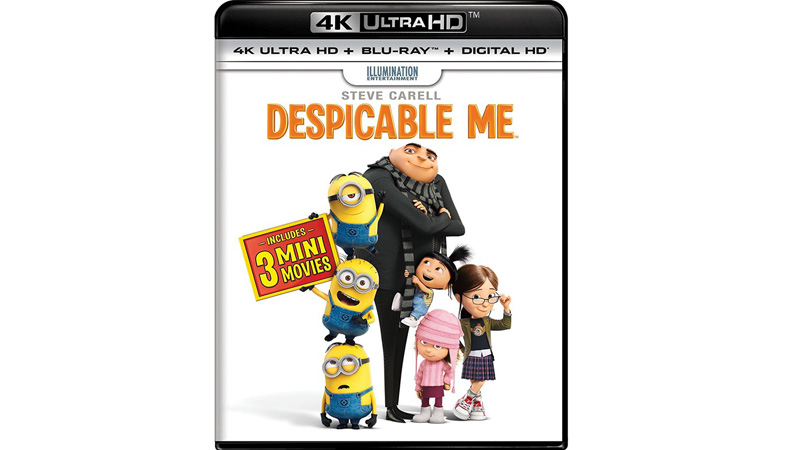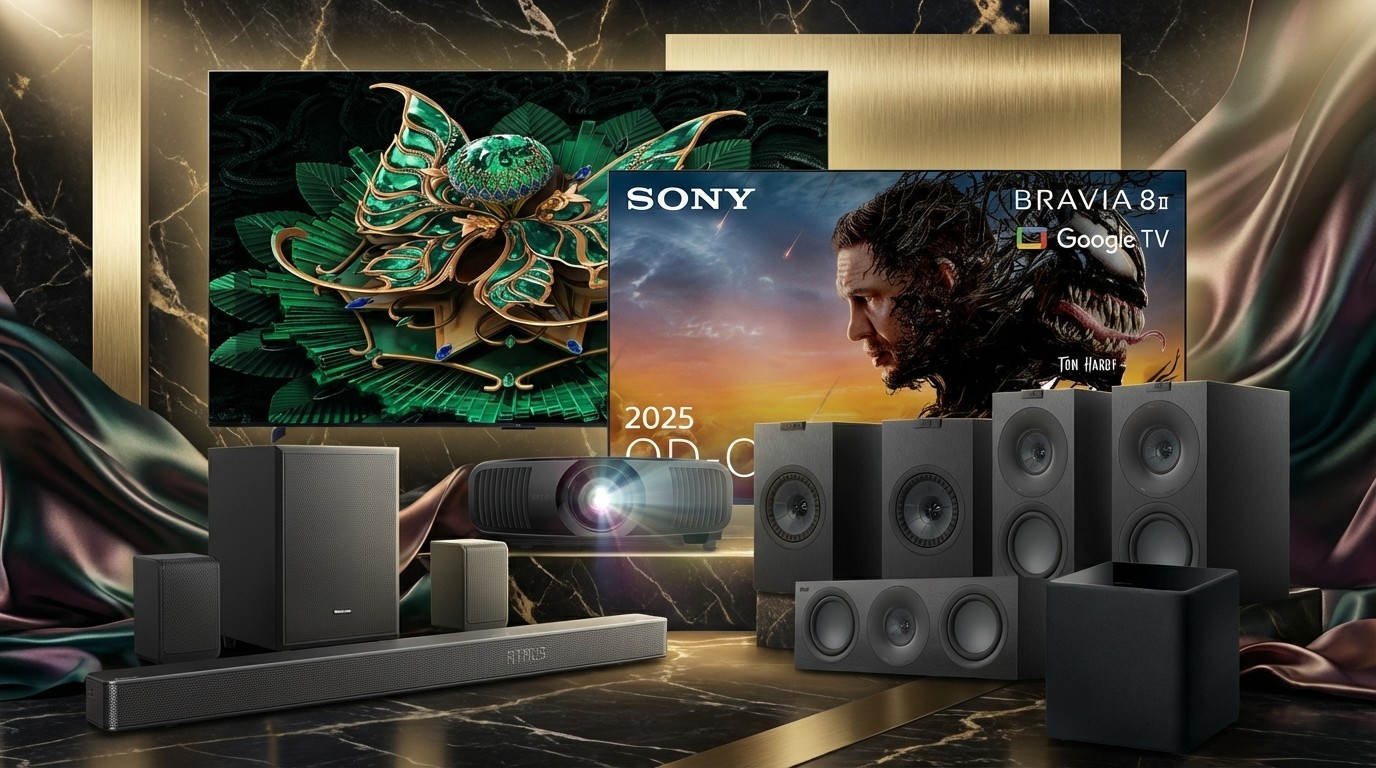
DTS:X was introduced back in January 2015, with its initial focus on home cinema use. It subsequently rolled out into cinemas, taking the opposite approach to its rival surround sound format Dolby Atmos, which started life in the cinema before heading into the home.
The majority of AV manufacturers now support the format as standard, including Anthem, Arcam, Denon, Krell, Marantz, McIntosh, Onkyo, Pioneer, Sony, Trinnov and Yamaha.
But what exactly is DTS:X? And what do you need to take advantage of it in the home? Allow us to explain…
What is DTS:X?
DTS:X is an object-based audio codec, which aims to create a multi-dimensional sound that “moves around you like it would in real life”.
You may think that sounds a lot like Dolby Atmos, and you’d be right. But where DTS:X differs lies in the required speaker configuration.
While Dolby Atmos requires you to add extra overhead channels to your 5.1 or 7.1 setup, DTS:X works with standard surround speaker setups – just like the one you might already have at home. It can support up to 32 speaker locations and up to an 11.2-channel system.
DTS says it’s a flexible codec that will work with "any speaker configuration within a hemispherical layout".
The latest hi-fi, home cinema and tech news, reviews, buying advice and deals, direct to your inbox.
This is thanks to DTS:X's Multi-Dimensional Audio (MDA) platform, which is open and licence-free and allows movie producers to control the placement, movement and volume of sound objects.
DTS has also made it possible for users to adjust the volume of just the voices on a soundtrack, making once hard-to-hear dialogue a lot easier to understand.
DTS:X in the home

Fortunately, most of the home AV industry supports DTS:X, with many manufacturers releasing firmware updates for existing receivers or launching whole new models that support it.
Denon was one of the first to update its AV receivers. You can see a list of updates here, with details of how to update here. Arcam, Marantz, Onkyo and Pioneer have also issued updates to their older products.
On newer products - those on today's shelves - DTS:X comes as standard, just as support for Dolby Atmos does. This includes our 2020 Award-winning AV receivers, including the Denon AVC-X3700H and the Sony STR-DN1080.
As mentioned earlier, you don’t necessarily need to add extra height channels to take advantage, but additional channels will help create a more effective 3D sound experience. You can listen to a sample of a DTS:X soundtrack on DTS's website.
Another way to experience DTS:X is through the IMAX Enhanced experience, which is one of the latest AV certifications that promises top-notch home cinema quality. DTS and IMAX have partnered with "award-winning Hollywood sound mixers" to use a special variant of the DTS:X codec found within home audio kit. This should produce an IMAX signature sound experience.
What is DTS:X Pro?
Announced in early 2020, DTS:X Pro expands upon the number of potential playback channels of DTS:X from 11.1 up to a massive 30.2 channels, including top height, top surround and centre front height positions.
That doesn't mean you have to buy all those speakers; DTS :X Pro works with various layouts and is compatible with more traditional configurations used for other immersive audio systems such as Dolby Atmos, such as 7.1.4.
As it uses the object location information already encoded in DTS:X, there's no requirement for different media formats, and it can even be used to up-mix non-object based formats, both from DTS and non-DTS, using Neural:X - a spatial remapping engine that works in conjunction with the DTS renderer.
AVRs such as the Denon AVR-X6700H and Marantz AV8805 received firmware updates at the end of 2020 to increase processing power and add support for DTS:X Pro as well as IMAX's Enhanced AV certification programme - a standard designed to guarantee that the kit you're using and content you're watching is delivering the best picture and sound quality (like the Dolby Vision/Dolby Atmos combination). IMAX Enhanced uses DTS:X Pro processing to convert the 12/6/5 full-range channels you would hear in an IMAX cinema into a compatible immersive mix for home cinema.
Is DTS:X backwards compatible?
Yes, DTS:X is backwards compatible, so it will work with your current 5.1 or 7.1 configuration. There's no need to go out and buy a new surround speaker package, or even a new Blu-ray player.
DTS:X is layered on top of the DTS-HD Master Audio soundtrack already existing on Blu-ray discs (much like how Dolby Atmos is encoded onto Dolby TrueHD), so any film with DTS:X will be playable on your existing kit.
As long as your Blu-ray player and AV receiver can handle Dolby TrueHD and DTS-HD Master Audio (which they should, if bought within the last six or seven years), you're golden.
What is DTS Virtual:X?
Similar to Dolby Atmos Height Virtualization, DTS Virtual:X is a way of getting three-dimensional surround sound without extra speakers, and it's something you may well have seen on the spec sheet of an AVR or soundbar.
Instead of being encoded into the Blu-ray disc (like DTS:X), Virtual:X is a post-processing technology that aims to create the effect of a 7.1.4 surround set-up (that's 11.1 channels, including four height channels) through a soundbar or standard 5.1 speaker system. Virtual:X doesn’t require special, upward-firing speakers within the soundbar or speaker package to work.
DTS claims Virtual:X achieves its effect regardless of the standard of the audio source, meaning it can be used to boost legacy DTS content.
You will need new hardware with the Virtual:X engine built in to get the effect.
The first product to feature Virtual:X was the Yamaha YAS-207, our current Award-winning budget soundbar. LG's SL5Y and SL6Y soundbars are based on Virtual:X technology too. AV receivers from the last couple of years including the JBL Synthesis SDR-35 and Denon AVR-X3500H will typically support DTS Virtual:X mode too.
What is DTS Headphone:X?
DTS Headphone:X aims to replicate on headphones the directional and spatial audio experience you get when listening to DTS:X on multichannel speaker set-ups. This software uses 'Microsoft Spatial Sound' to deliver precise sound localisation and can be used on any set of headphones. Helpfully DTS provides a database of more than 500 custom tuned headphone profiles to help you get the best performance from your pair.
The slightly longwindedly named 'DTS Headphone:X 2.0' is the most recent version of this software, which features improved bass rendering and audio clarity as well as improved proximity cues and hi-res audio support. At present, it is most commonly used in gaming, where immersion and accuracy can give a competitive edge.
Meanwhile, DTS Headphone: X 7.1 refers to the hardware processor in the form of a dongle or transmitter that converts stereo sounds into the immersive surround sound output.
To use DTS Headphone:X requires a licence available from the DTS Sound Unbound app (Windows 10 and Xbox One and Xbox SeriesX/S) for a one-off payment of £19.99 ($19.99), though there is also a 14 day free trial period.
What DTS:X content is available?

Now that DTS:X is well established, there are hundreds of Blu-rays and 4K Blu-rays available that support DTS:X – just as there are many that support Dolby Atmos. Just look out for the badge on the back of the box.
Streaming services such as Netflix and Amazon Prime Video don't support DTS:X or Virtual:X. Whether that will change in the future remains to be seen.
MORE:
Best film scenes to watch in Dolby Atmos

Joe is the Content Director for What Hi-Fi? and Future’s Product Testing, having previously been the Global Editor-in-Chief of What Hi-Fi?. He has worked on What Hi-Fi? across the print magazine and website for almost 20 years, writing news, reviews and features on everything from turntables to TVs, headphones to hi-fi separates. He has covered product launch events across the world, from Apple to Technics, Sony and Samsung; reported from CES, the Bristol Show, and Munich High End for many years; and written for sites such as the BBC, Stuff and The Guardian. In his spare time, he enjoys expanding his vinyl collection and cycling (not at the same time).
